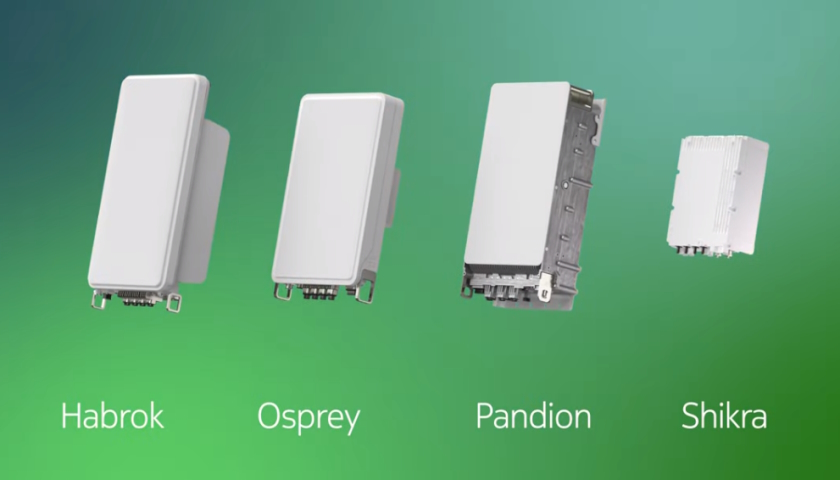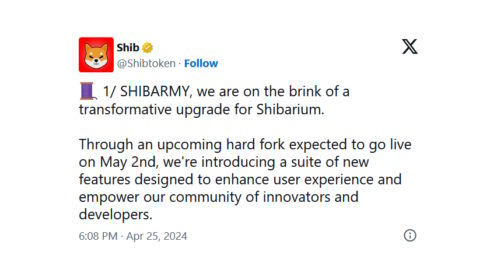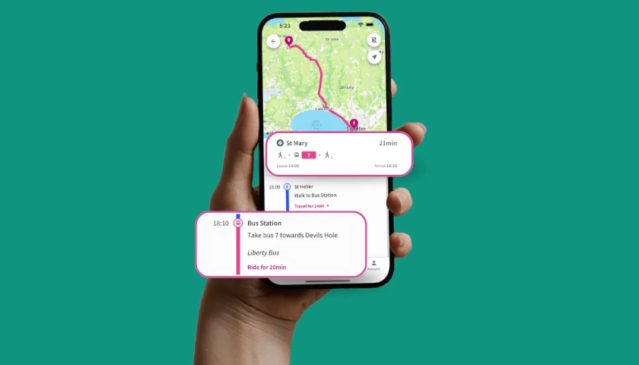Finnish vendor Nokia said it has achieved sustained average downlink speeds of over 2 Gbps using millimeter wave (mmWave) spectrum and 5G Fixed Wireless Access (FWA) over a distance of 10.86 kilometers.
In a release, the European vendor noted that this record downlink speeds were accomplished using Nokia’s 5G extended range mmWave solution at the OuluZone test facility in Oulu, Finland.
The test utilized Nokia’s AirScale baseband and AirScale 24 GHz mmWave radio and a Nokia FastMile 5G PoC CPE. Nokia also said that testing involved eight component carriers (8CC) in the downlink, aggregating 800 megahertz of mmWave spectrum. This enabled a top downlink speed of 2.1 Gbps, and an uplink speed of 57.2 Mbps, the vendor added.
According to Nokia, this new achievement lays the foundations for high-quality internet connectivity solutions delivered via FWA technology to areas where wired connections are not always possible.
The Nokia FastMile 5G PoC device used in these tests is currently being trialed by major operators globally. The vendor explained that high speeds over significant distances can be achieved with the device’s 360° antenna, which dynamically adapts to changing conditions.
Ari Kynäslahti, head of strategy and technology at Nokia Mobile Networks, said: “We just set a new speed record for extended range 5G mmWave. This demonstrates that mmWave solutions will be an essential building block for operators to efficiently deliver widespread, multi-gigabit 5G broadband coverage to their customers in urban, suburban, and rural areas, complementing sub-6 GHz spectrum assets.”
In November 2022, Nokia and Australian operator TPG Telecom had reached a 5G uplink speed of 2 Gbps using the latter’s mmWave spectrum.
At that time, Nokia noted that this record speed had been achieved during a live demonstration at the Nokia 5G Futures Lab in Sydney, Australia.
Nokia said that the new 5G uplink record will enable the vendor and its customers, including TPG Telecom, to offer low-latency services for industrial and IoT applications that require high-speed uplink connectivity. Nokia had also said that the solution was expected to be fully deployed during 2023 as devices that support this capability become available.
The live demonstration involved a commercially available Nokia AirScale 5G mmWave base station using TPG Telecom’s 26 GHz spectrum to connect, over the air, to a 5G device powered by a Snapdragon X65 5G Modem-RF System featuring fourth-generation Qualcomm QTM545 mmWave antenna modules. Additionally, Nokia deployed its carrier aggregation (CA) technology to fully leverage the available spectrum assets. The CA setup included four component carriers of 100 megahertz each in the 26 GHz band.
Source: rcrwireless.com





